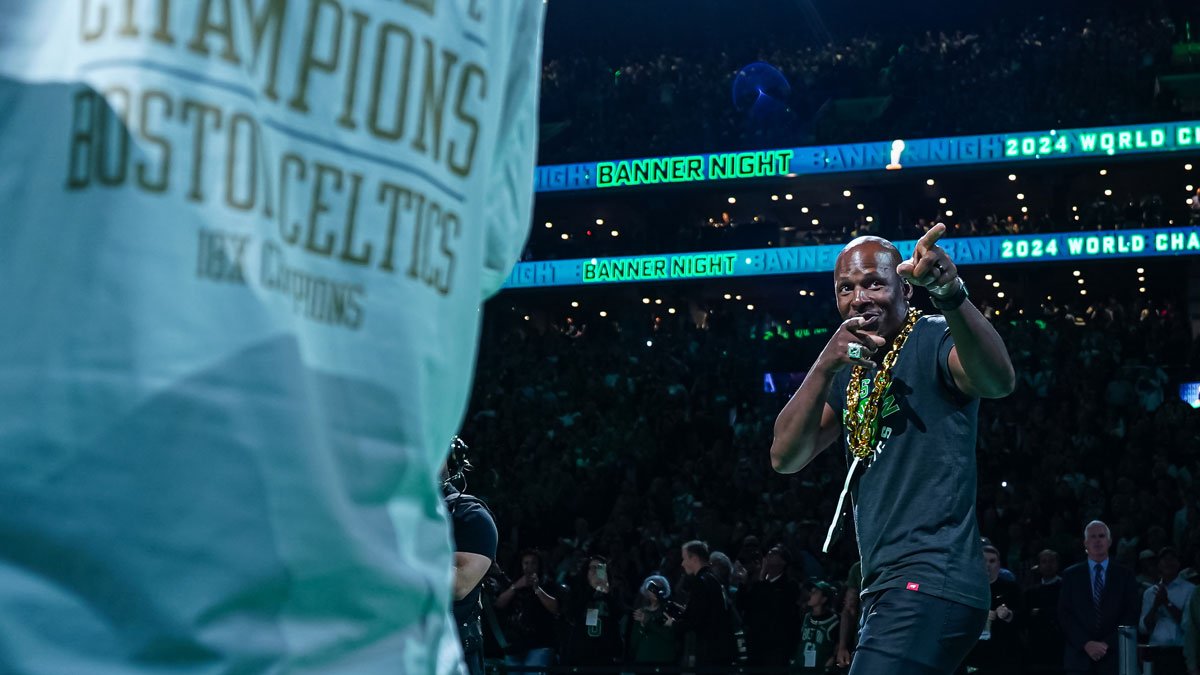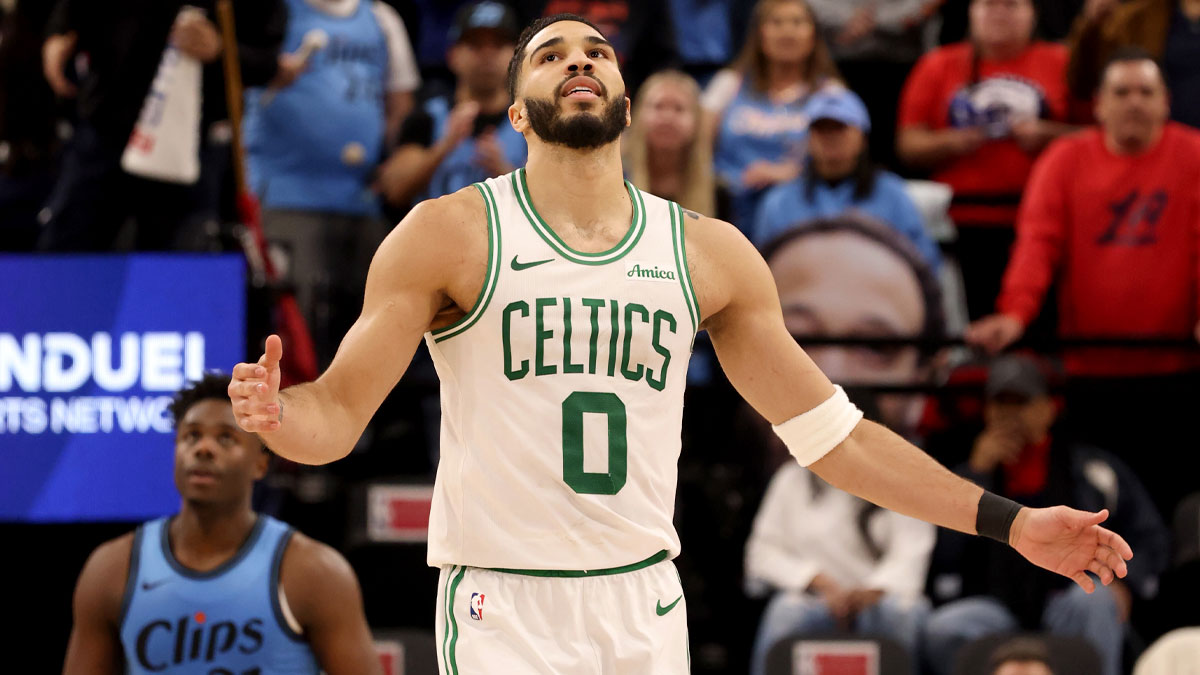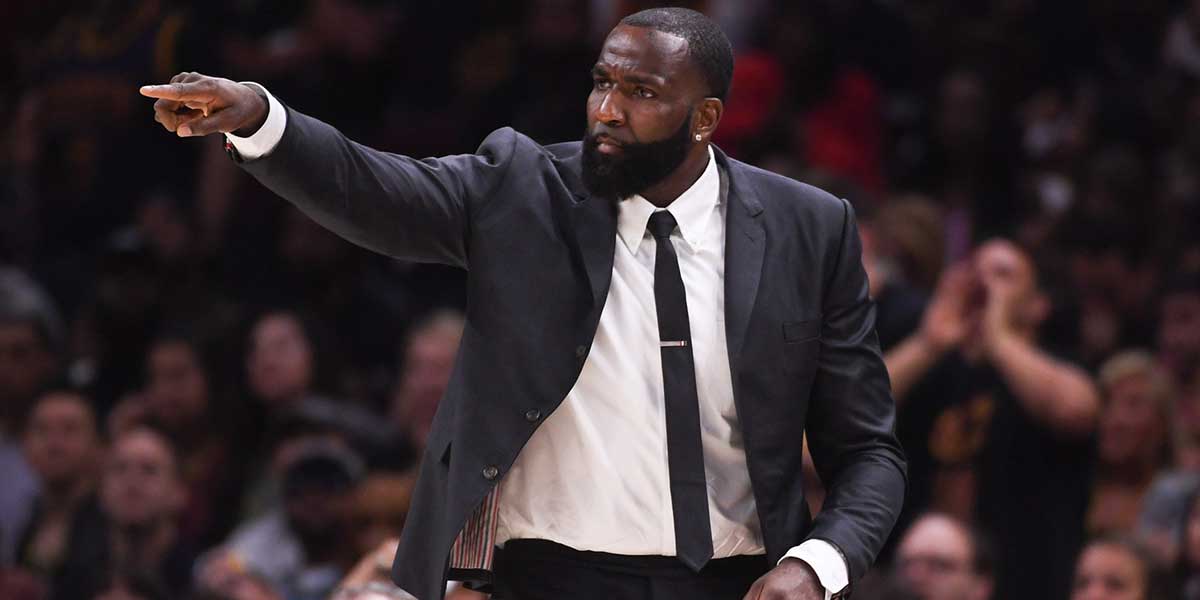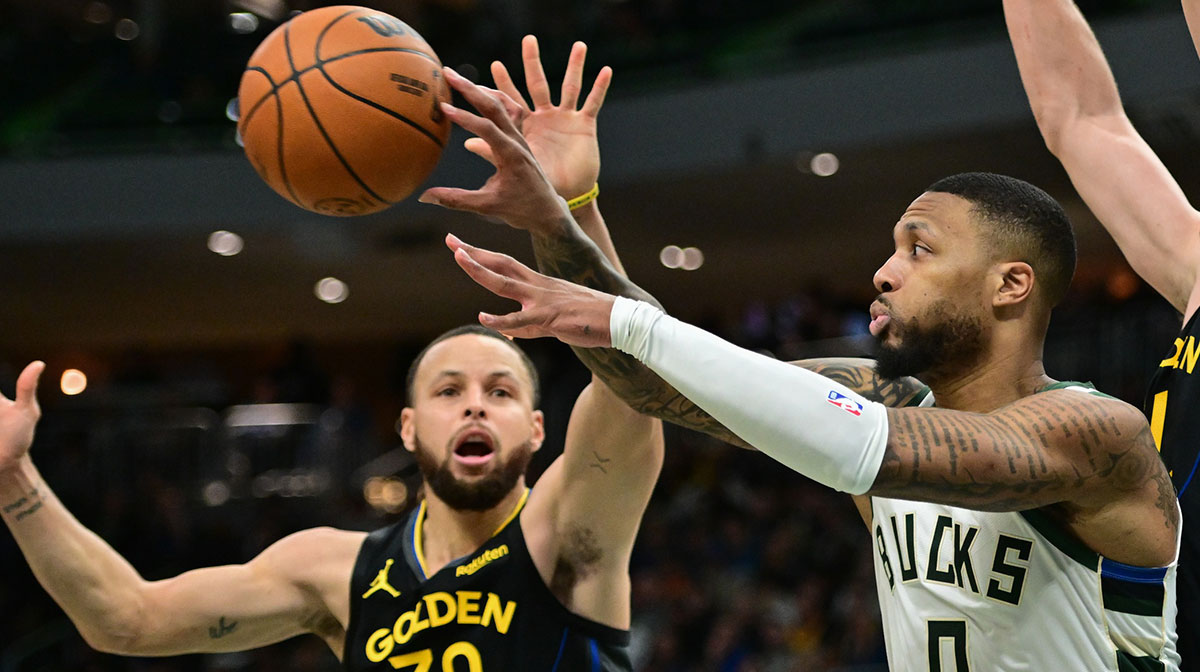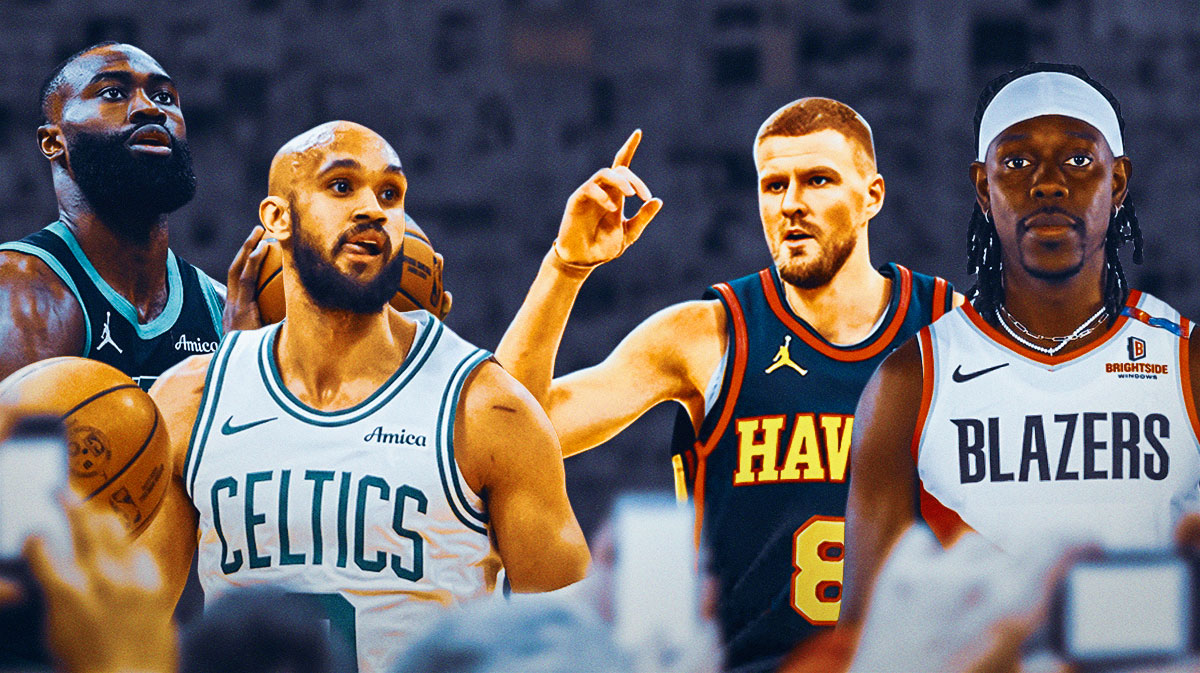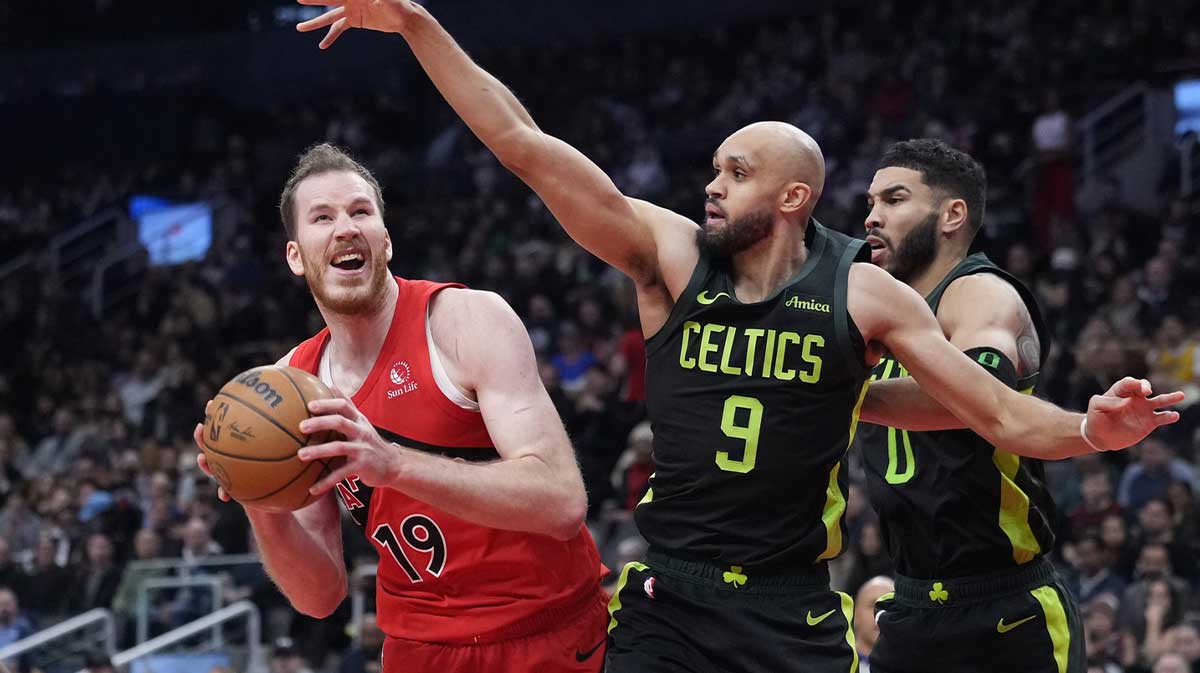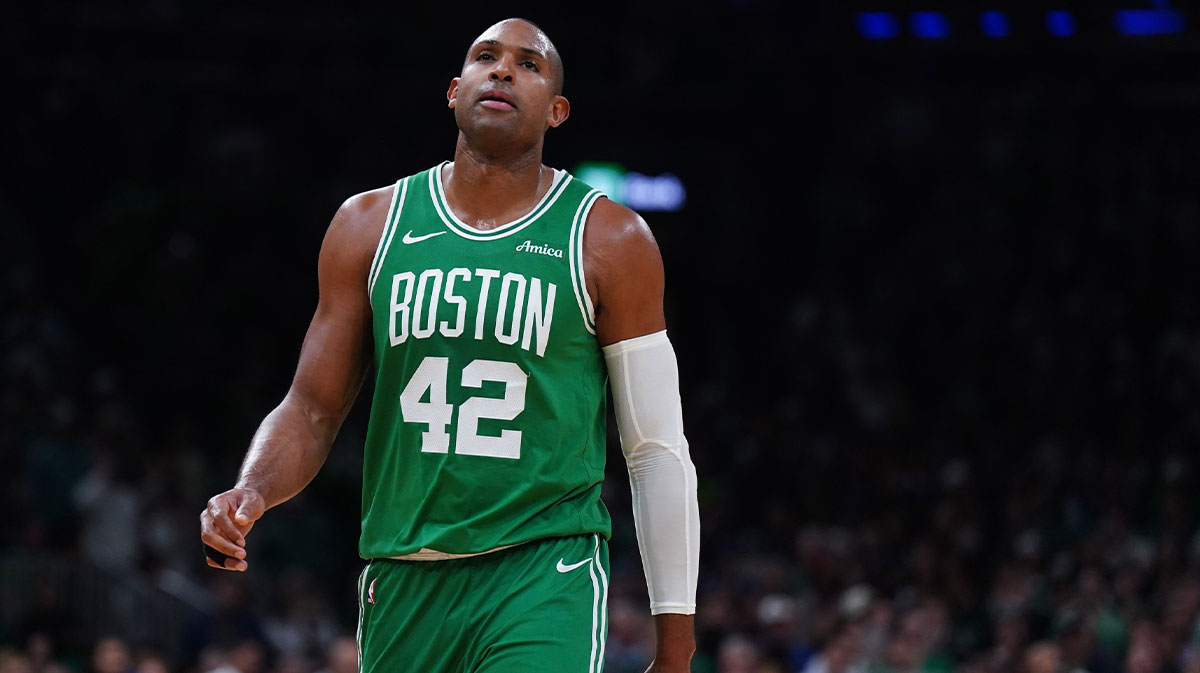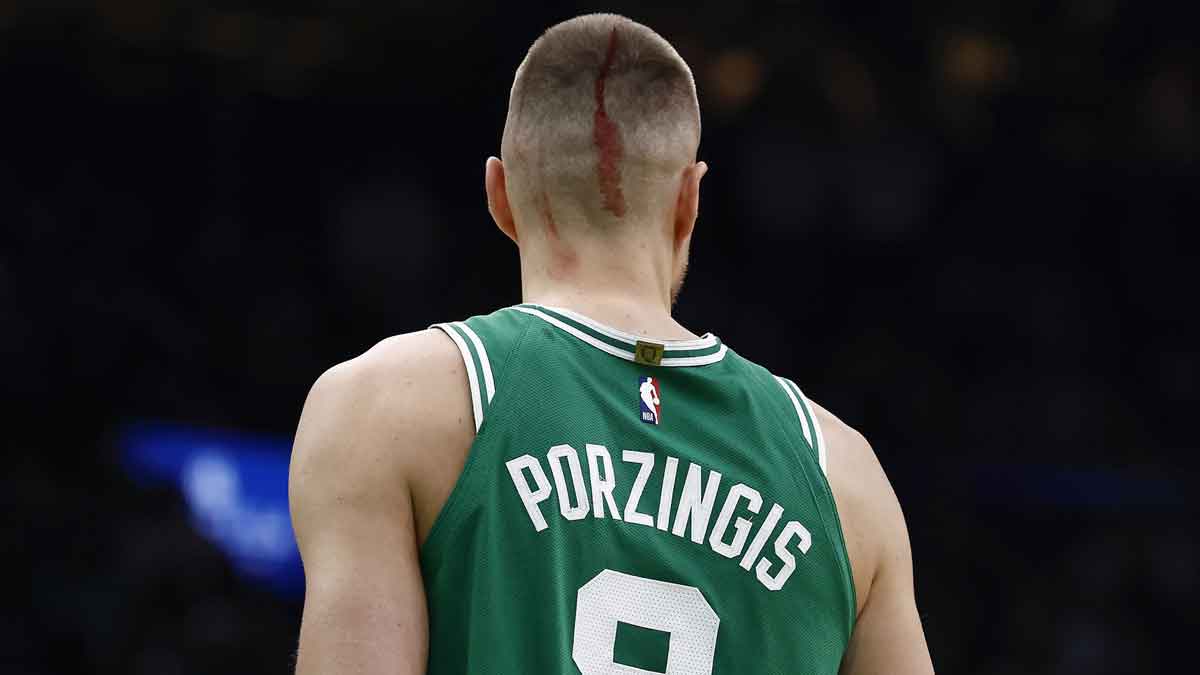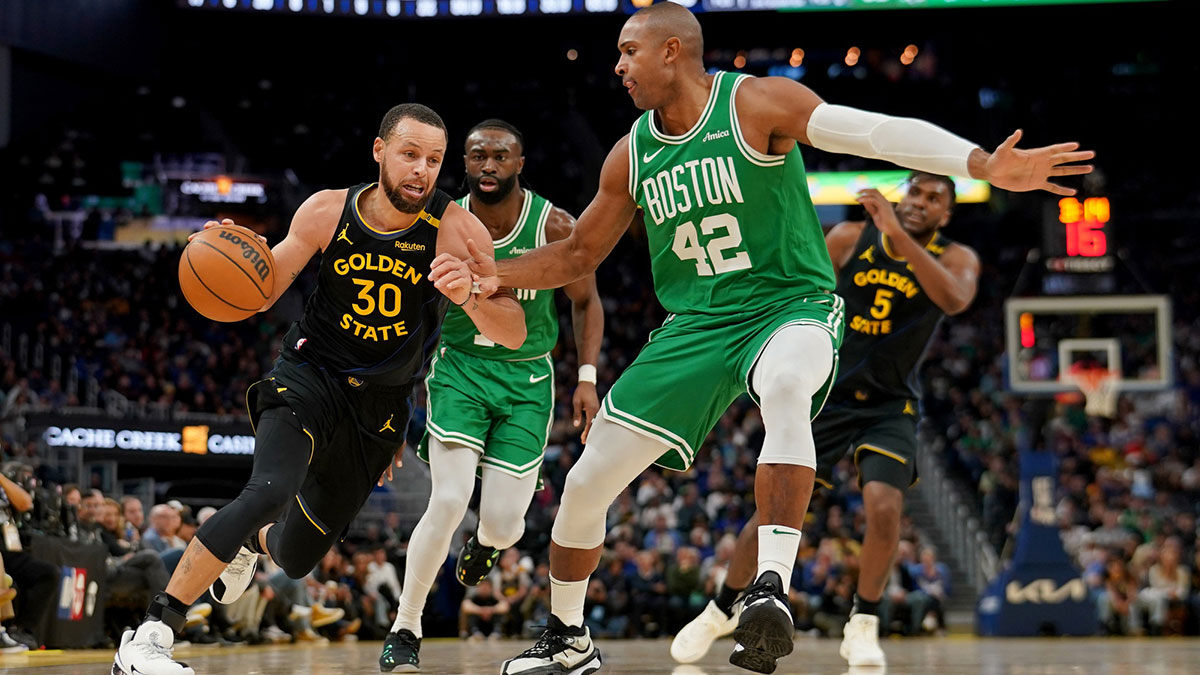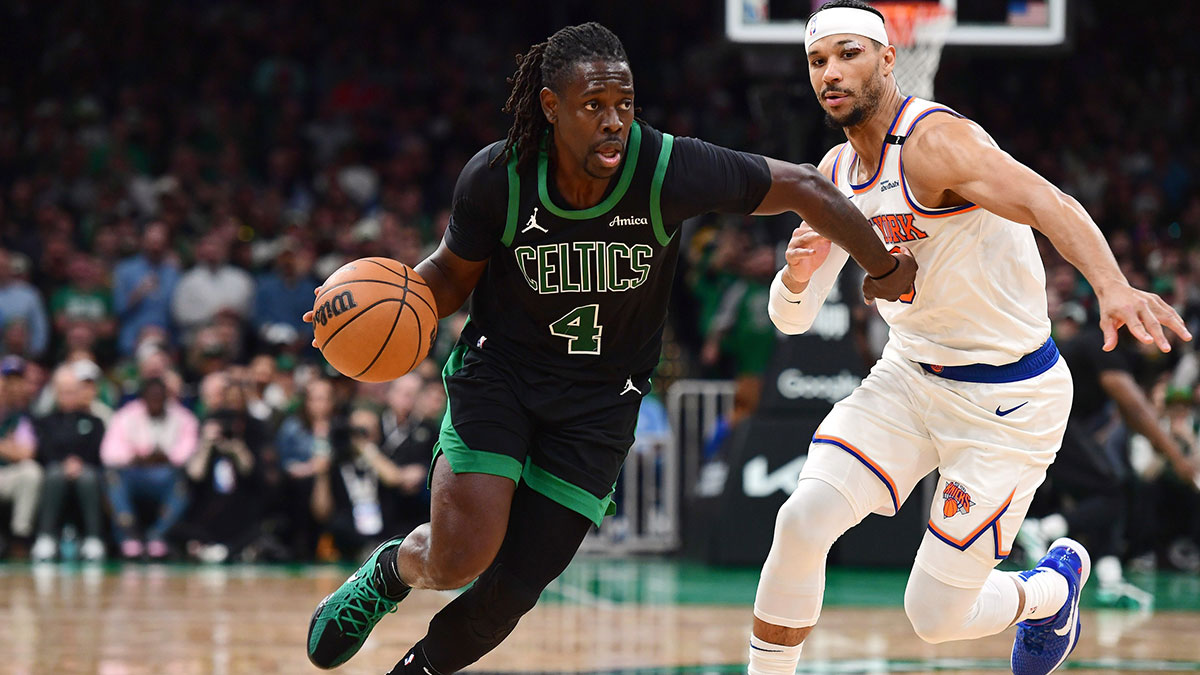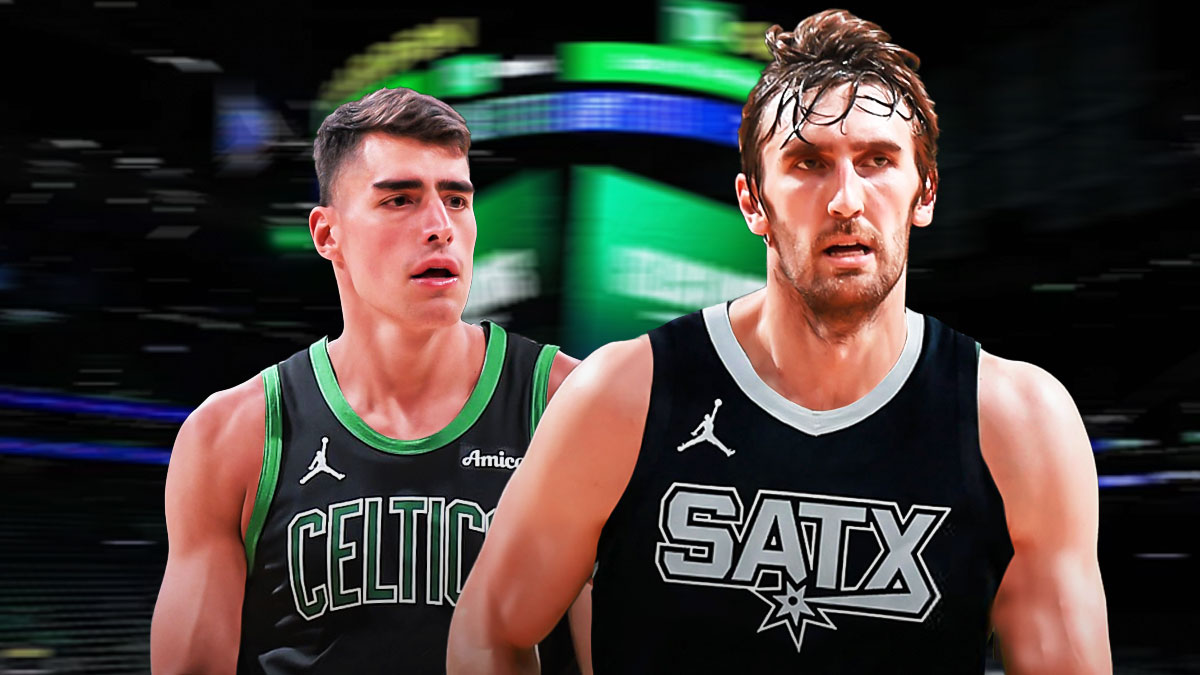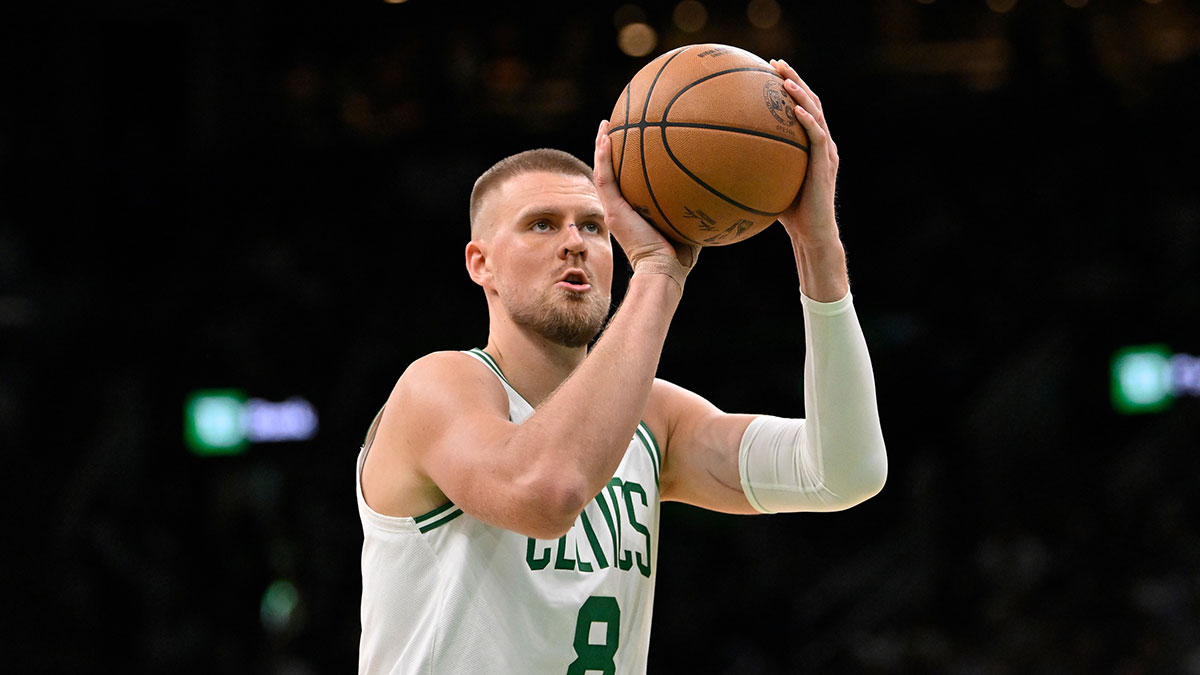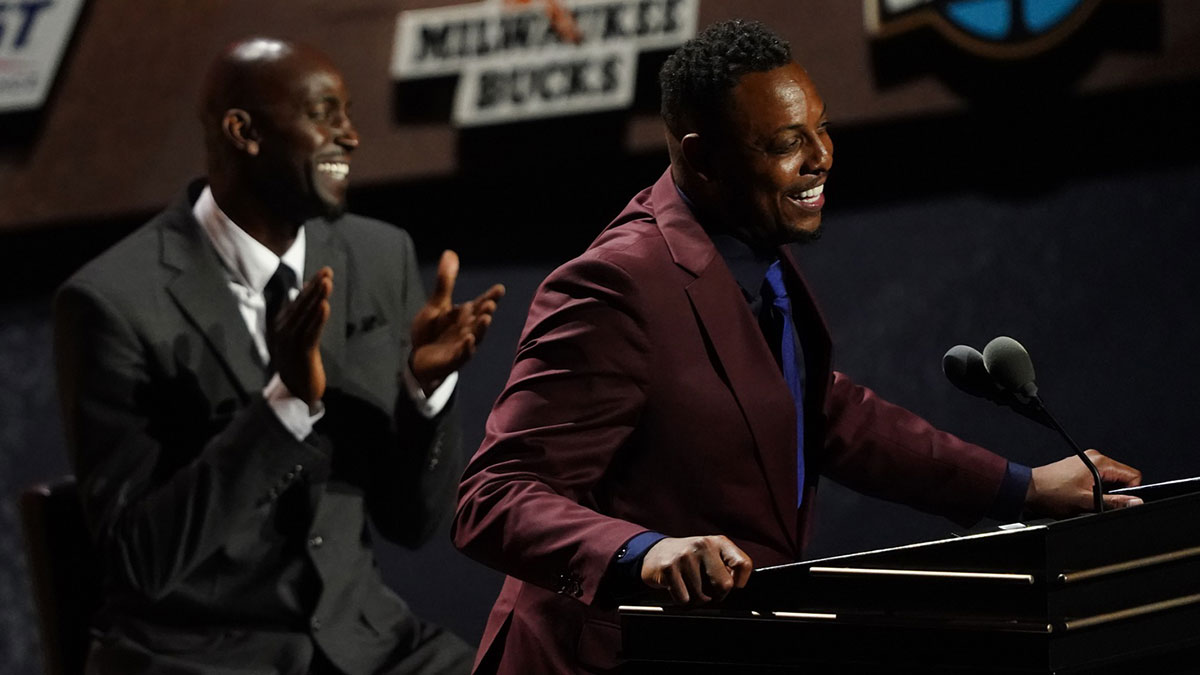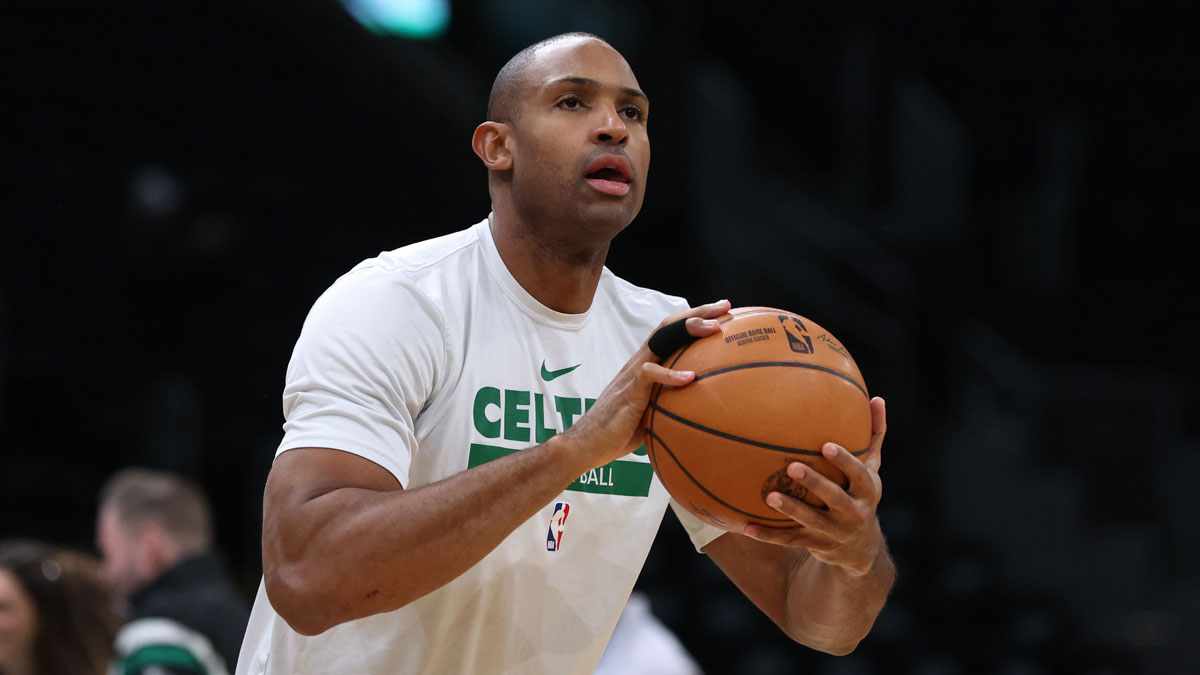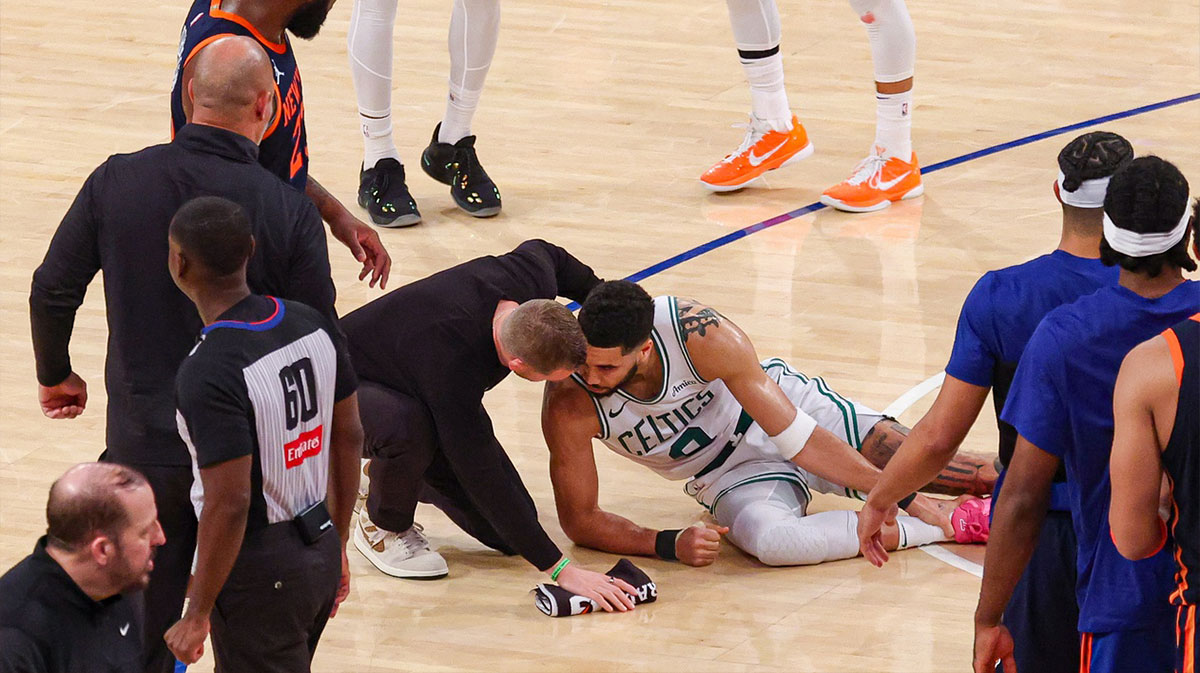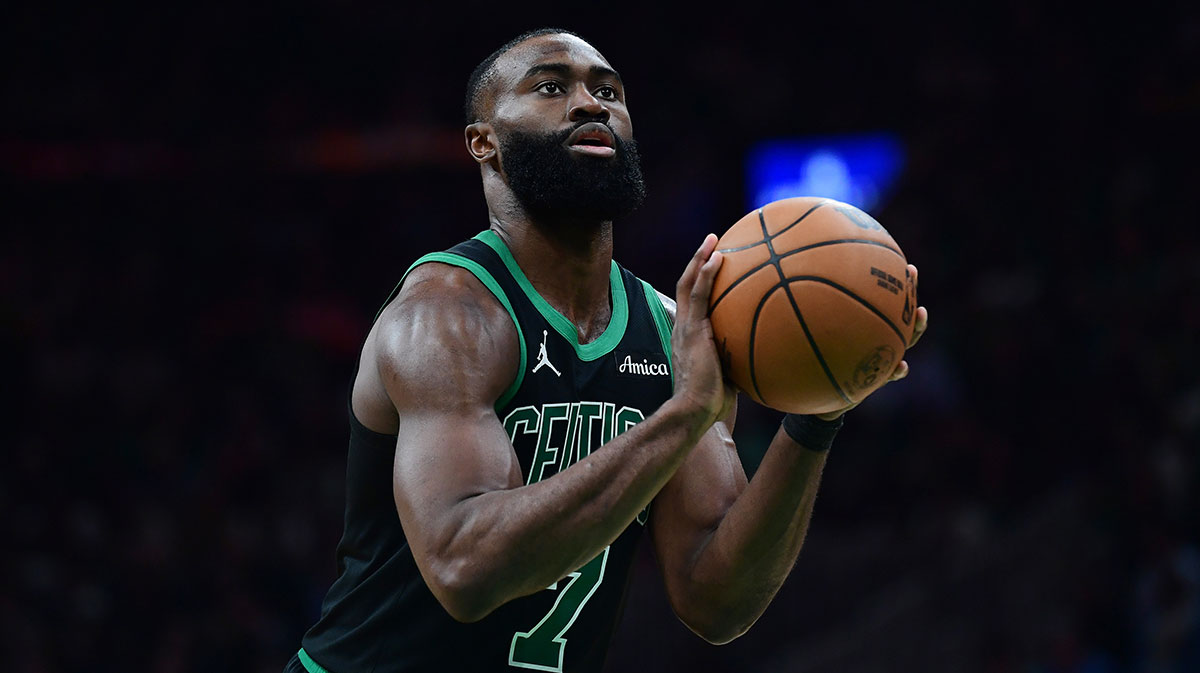Don’t tell the plethora of individuals in Boston sports gear sitting in this airport, but the Boston Celtics are still a few pieces away from sweeping Golden State. If making themselves genuinely competitive this season is the goal, Boston needs a significant upgrade over current second unit big men (Currently Daniel Theis and Aron Baynes) and a second unit scorer to bring some energy at the guard position while Kyrie Irving sits.
The clear apple of Boston’s eye currently resides in New Orleans but Anthony Davis’ price-tag lies somewhere between Tom Brady and the Celtics’ franchise. Luckily for Boston, the price will eventually fall. When it does, Boston happens to have two young, premier two-way wings (objectively the most valuable player role in the league), several high-end future draft picks, and the salary to make a deal.
The result of wanting to consolidate assets for such quality young talent manifests itself in a stingier attitude towards buying this deadline.
With that in mind, here are a few potential inexpensive improvements Boston could make to tweak their roster.

5. Nick Young
Let’s just start by making a deal with the devil. Of all the bench gunners Boston could acquire, Young might be the least desirable. That said, Young also likely represents the most available proven option. Ignore his PER (11.6 which is somewhat respectable), Young is primarily playing during garbage time. A more significant role on the second unit would likely rely on his almost unmatched shot-making confidence and above average three-point shooting (nearly 40% this season). Nothing against Marcus Smart and Terry Rozier but Smarts lack of shot-making and Rozier lack of playoff experience comes as a concern looking at the second unit.
For Golden State, offloading an often unused asset in exchange for another switchable center like Baynes or collection on non-guaranteed rookies at the cost of substantially lowering their luxury tax payment shouldn’t even require thought. That said, Williams’ age and unlikelihood regarding his team retention should drive Boston towards more substantial, long-term options.

4. Lou Williams
Lou Williams brings all the good and all the bad of Nick Young, just in a slightly different package. A notable sixth man, Williams has found himself in somewhat of a renaissance this year. Playing at an All-Star caliber (my man was snubbed), Williams is putting up career-best statistics and brings someone who can create their own shot on the offense. Where Williams supersedes Young is in his pseudo-Point Guard ability. Williams’ scoring evolution this year is somewhat attributed to his leadership among the Clippers second unit. Serving as a combo guard, Williams not only provides energy and spectacle, but genuine floor general style passes to make his offense even more dynamic. I don’t know what Mike D'antoni is feeding those guys down in Houston, but every player that graces his offense somehow comes out an infinitely improved offensive skill set.

Finally, unlike Tyreke Evans (who plays a similar role), Lou Williams does actually have his bird rights attached, meaning the team that trades for him can go over their salary cap to resign Williams.
That said, Williams has similar issues to Young. His price tag doesn’t come cheap for a team already looking nearly capped out. In acquiring Williams, any trade would likely involve Boston sending out an asset that weakens their stash. With Blake Griffin’s exit from Boston, the lottery protected Los Angeles Clippers pick is looking less likely to convey. Additionally, despite having Williams’ bird rights, his age (31) likely limits him from performing as a top end contributor throughout this team’s prime. Also not a long-term option, Williams provides a better immediate player than Young, but likely comes at an increased cost. Rather, Boston would be best served to scour for younger talent that might not perfectly fit the second unit scorer role but could develop as such.

Rodney Hood
And here is where we find one of Boston’s ideal targets. The Utah Jazz made Rodney Hood an available target just around a week ago and everything about him makes sense for a deadline move. Hood is young, at age 25 on the last year of his contract he’s an upcoming restricted free agent. Boston could likely sign him to a reasonable contract, or worst case, wait for him to retrieve an offer and allow Boston to make the decision to match or not. As a player, Hood fits the part perfectly. Averaging around 28 minutes a game this season I’d make logical sense to slot Hood into a second unit role. At 38% three-point shooting percentage on seven attempts a game, Hood provides a reliable three-point shooter in the second unit.

Ultimately, Hood has reasonable defensive abilities and has made clear strides over the course of the past few years. A 3-and-D specialist, Hood fits the bill.
One issue Boston could run into is price. Hood is a proven asset, on a cheap contract with his bird rights attached. Clearly, Utah doesn’t plan on keeping him, they would have looked into an extension over the course of last year. His value clearly lies around a mid-first round pick. Boston might actually instead attempt and create a larger deal, one which also might involve a contract like Derrick Favors and sending back a combination of lesser picks and prospects. Yabusele, Thies, Baynes and a Boston first might look like the start of a deal. But don’t ask me, I’m just a biased NBA writer.

DeWayne Dedmon/Greg Monroe
Baynes and Theis have both significantly over-performed as backup big men, but why not look into upgrading in that space anyway. When it comes to finding a traditional big man to come off the bench, Boston has two very clear options with two very clear disadvantages. Both Dewayne Dedmon and Greg Monroe do all the things that a big man is supposed to do, they can clog the paint to stop wing drives, grab offensive boards, miss free throws and be taken out of the game in crunch-time. Let’s quickly dive into a much less general, much less sarcastic evaluation of each of these similar yet different big men.
Starting with Dedmon, he’s primarily a utility defensive big. Rather than working as a scorer, Dedmon provides all the hustle and unflattering statistics that don’t really show up in the box score. His offensive game isn’t anything particularly special but it isn’t limited.

Dedmon brings some basic post moves, the ability to catch a lob pass for a slam and during any injury, big men tend to focus on adding a mid range jump shot (shooting being the first thing individuals can work on during injury recovery). As a result, Dedmon can take and make the occasional three-point shot, though he doesn’t really spend enough time on the wing or in the corner to effectively play as a stretch five.
Additionally as mentioned before, Dedmon is coming off an injury, and there are never any guarantees that a player stays the same. Also, at age 28 on a one year contract, Dedmon isn’t exactly a long-term solution on the cheap that Boston is looking for. He does fit into their DPE, though that money might be best spent elsewhere.

Speaking of elsewhere, Greg Monroe already has some ties to the Boston front office and after his buyout could sign within the week. If Dedmon is a utility defensive player with some offensive skillset, Monroe is the opposite. Playing similar to Al Horford, Monroe operates well running an offensive set out the elbow (the corners of the free-throw line on the court). Unlike Horford though, Monroe’s offensive game doesn’t stretch the floor. Monroe plays a power style, forcing baskets in the restricted area and playing short hooks from the block (the restricted area is the half-circle below the basket and the block is the left and right of the restricted area). However, Monroe has his clear flaws. He has poor help defense instincts, missing switches and getting blown by on a hard cut from the wing.

Additionally, he doesn’t tend to hustle on transition defense. On one hand, you could argue that Brad Steven’s system could aid in that help and transition style defense, however, on the other side of the coin, a lack of these basic instincts could inherently tank the second units system. Monroe might be a proven asset and with Cleveland looking like a wounded dragon Boston might look to actively move towards an out of timeline boost to their line-up. But if Boston is willing to be slightly more patient, there’s an available player with similar skills and significantly more upside.

Willy Hernangomez
Guillermo “Willy” (pronounced Billy) Hernangomez seemingly fits the bill regarding all the things Boston should be targeting in a player. He’s an offense first, young, second unit center. His game is already at a professional level, with a strong finishing skill (he converts somewhere around 60+ of drives towards the rim), he has arguably some of the best footwork for a center in the league comparable to superstars like DeMarcus Cousins and Hakeem Olajuwon.
Though he does have the size and strength, Hernangomez prefers playing with fakes and spins rather than pure post strength to get buckets. His skills on the offensive glass are impressive (13.4% of total available offensive rebounds) providing a much-needed improvement to the persistent Boston rebounding problem. Hernangomez’s team friendly contract and young age (23) separates him from European players. Hernangomez has room to grow in a system, he has his flaws, but under another year or two of development, Hernangomez could become a top level offensive producer. Most importantly of all, however, Hernangomez is both available and wants out.
It’s important to take all of these positives with a grain of salt. Hernangomez might be a premier offensive center prospect, but there’s still clearly a reason why he’s sitting on the bench. While not too much worse than Greg Monroe, Hernangomez isn’t exactly a premier defensive center.

His defensive rebounding percentage is average at best, his transition game is subpar, and has a tendency to get lost on the help aspect of the defense. Averaging almost six turnovers per 36, his passing and one on one mechanics on the wing could easily see the most improvements (it should be noted that Hernangomez has seen around nine minutes of play a game, this small sample size tends to inflate mistakes, for reference he only averaged 3.9 turnovers per-36 last year over a larger average sample size).
Buried deep in the bench, Hernangomez’s value isn’t easily defined. One on hand he’s a clearly impressive young prospect playing for a rebuilding team. On the other hand, Hernangomez sits somewhere between third and fourth in the Knicks center depth chart (unless something drastically changes I think he’s going to be higher than the exiled center, Joakim Noah).

Likely, Hernangomez’s value depends on moves New York makes before finally sending him off. If New York ships off Kyle O’Quinn to a contender (a move looking more and more likely) and won’t embrace Kristaps at center, Hernangomez’s value vastly increases. Even then, however, New York could look towards moving Hernangomez anyway. With many of this drafts high-end prospects landing in the Center position (DeAndre Ayton, Mohamed Bamba, Wendell Carter, Robert Williams) or hybrid PF/C (Jaren Jackson Jr, Marvin Bagley, Michael Porter), New York could end up committing to another year of tanking to solidify the frontcourt. With his limited minutes and likely lower degrees of interest, Hernangomez’s value likely rests somewhere around a combination of second round picks, or potentially a highly protected first (Boston’s first this year comes to mind, likely landing somewhere between 25-30) or a similarly untouched prospect (Guerschon Yabusele for Hernangomez comes to mind).

For Boston, there are questions regarding direction. Clearly this team is just about ready to contend, but does it make sense to continue building this year, hoping for a strong conference finals bid and then reintegrate Gordon Hayward next year towards success or go all in to dethrone Cleveland now. With only a week before the deadline, these directional questions should quickly start to clarify.
Stats unless otherwise noted provided by Basketball Reference. Scouting Reports provided through DraftExpress. Stats are updated and accurate leading into games on Jan. 31.


